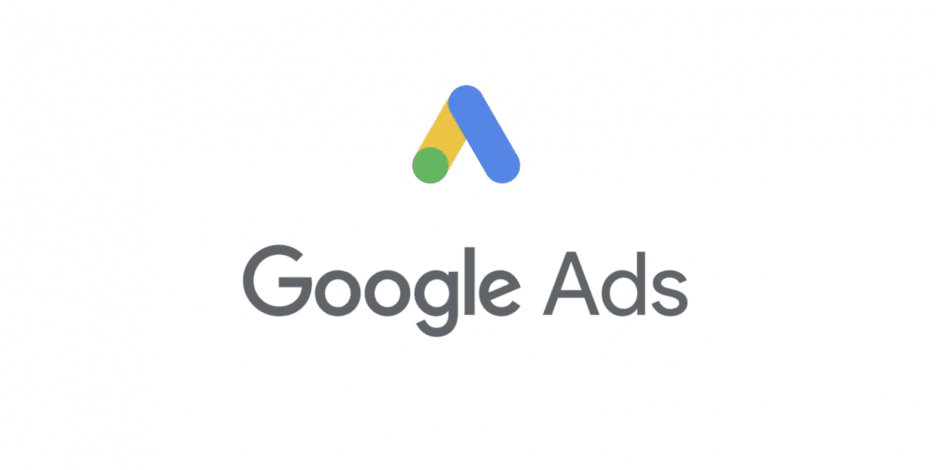Google continues to develop new automated bidding products that make it tempting for businesses to hand over their online advertising to Google. The latest tool is a new automated bidding option for app marketers running Google App campaign, target return on ad spend (tROAS). With tROAS, an algorithm adjusts bids higher to serve ads to people who are likely to spend more after they install an advertiser’s app. As Google announced May 8:
To grow profitably, it’s also important to also consider how much revenue you generate relative to the cost of driving those installs and actions. That’s why, you’ll soon be able to bid on a target return on ad spend (tROAS) so you can automatically pay more for users likely to spend more, and pay less for users likely to spend less. If you’re looking for users who will spend twice as much as they cost to acquire, you can set that multiplier for your tROAS bid, and it will find you the right users accordingly. tROAS will be available next month for Google App campaigns on iOS and Android globally.
I’m not surprised that Google is adding to its arsenal of bid tools. Automated bidding is important to Google. It’s a source of revenue for a business whose growth is fueled by online advertising. And based on Google’s disappointing quarterly financial results announced weeks ago, the company is feeling the pressure to improve ad revenues – which might help explain why we’re hearing more and more about automated bid tools.
Making It Easy with Automated Bid Tools
When a business lets Google handle its online advertising, Google does all the heavy lifting. You tell Google how much you are willing to bid for a keyword, and Google manages the bidding including any modification, a process illustrated here. Ideally, advertisers connect with their most relevant audiences at an optimal price. And Google rakes in revenue.
Google will tell you that automated bidding is a more efficient way to manage your campaign, and indeed Google offers many tools such as machine learning to change bids constantly.
Proceed Carefully with Automated Bid Tools
If you lack the resources and time to manage your online advertising and you want to do it all in-house, then automated bidding can be very tempting. But it’s also important that you keep in mind a few big caveats:
- When you let Google do the driving for you, you lose control of the ability to modify a bid as your needs change, and you lose control of any targeting adjustments you might want to make.
- You have to be comfortable that Google is representing you on its own media platform. It’s like telling a TV network to pick the shows to run your ad on and set the price for the ad for you (would you ever do that?) And yet this is the kind of conflict inherent in having Google manage ads on Google. You lose control over the ability to negotiate and set a price while Google represents your interests on its platform – and the outcome may not always be in your best interest.
You can expect Google to roll out more automated bidding tools powered by artificial intelligence, which promise to manage bid modifications more effectively.
Test the Waters
If you’re thinking of testing the waters, I suggest that you test automated bidding on a few campaigns. Don’t give Google control over your advertising right off the bat. During your test, carefully check metrics such as costs per click and costs per action. Are they improving to your satisfaction? If so, test some more campaigns with variable bids. If you decide to move forward with automated bids, then commit to staying on top of these tools so that you can learn about developments that could have an impact on your bidding strategy. Automated bidding sounds easy, but you do need to stay invested in learning as with any technology.
True Interactive has deep experience managing online advertising for clients such as these. We understand the nuances of manual and automated bidding and are happy to help you. Contact us to learn more.
